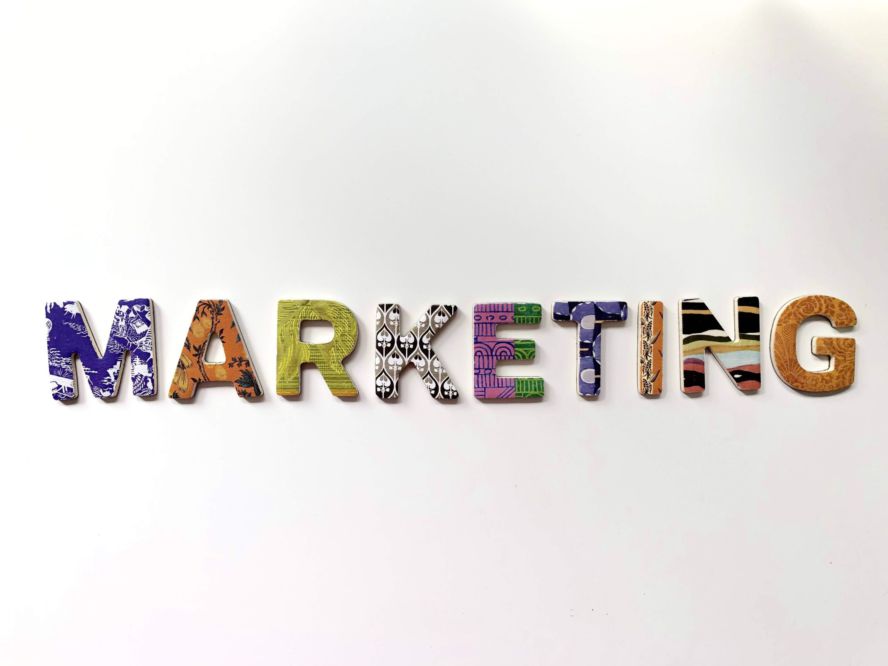
By AASLH’s Field Services Alliance
For the 2020 AASLH Virtual Annual Meeting, the Field Services Alliance recorded a tips session on marketing 101 for history organizations. Here are ten tips from the session from Joe Hoover at the Minnesota Historical Society, Jeannette Rooney at the Indiana Historical Society, and Stuart Sanders at the Kentucky Historical Society. You can also visit acmehistory.org, a fictitious history organization created by Joe Hoover that contains additional tips and resources.
- Create a strategic marketing plan. This plan should be simple and straightforward and should include a clear overall goal and two or three measurable objectives. Then, have action items that will help you reach those objectives.
- Constantly reassess your marketing. If data shows that something isn’t working or isn’t helping you meet the objectives in your strategic marketing plan, change it! Don’t waste your time or money on marketing efforts that aren’t helping you meet your goals.
- Know and show your value. To be an effective advocate for your organization, work with local or state tourism officials or the chamber of commerce to determine your economic impact in your community and region. Be prepared to share that with your board, elected officials, donors, and the general public.
- Use your available content. Content marketing is an approach focused on creating and distributing valuable and relevant content. Your museum is a warehouse of useful content that should be at the core of your marketing strategy.
- Have a solid website and integrate your marketing. Make sure your website is clearly organized, full of relevant content, and up to date. Other marketing efforts (social media, print, radio, etc.) should drive traffic back to your website, and conversely, your website should also drive people to those resources.
- Email is an effective way to reach your audience. The potential return is much higher with email than it is with social media, because you have more control over the content and how it is served to your audience. In today’s world, the reality is that you need both social media and email channels in your marketing strategy.
- Build a core commitment to Diversity, Equity, Accessibility, and Inclusion (DEAI). Embracing this core commitment organization-wide will also impact your marketing for positive change. Build partnerships, engage multiple perspectives, and always be aware of your content, images, and use of language.
- Work towards accessibility on all platforms. While there are many aspects to accessibility, here are a few tips to get started: include alt text for images, add open captions or subtitles to all videos and provide transcripts, capitalize each word in your hashtags, (#TodayInHistory vs. #todayinhistory), avoid overly fancy fonts, and always make sure there is enough contrast when using color with text.
- Keep your fundraising needs in mind. As you advocate for your organization, keep a list of fundraising needs that you always have at the ready. You never know when you might meet a potential donor or run into an elected official who might be able to help you.
- Finally, rely on partners! Build a network of partners—board members, neighbors, teachers, business owners, other museums, and more—who can help you promote your organization (and be sure to reciprocate!)
What is the Field Services Alliance? The Field Services Alliance (FSA) is an organized group of individuals, offices, and agencies that provide training opportunities, guidance, technical services, and other forms of assistance to local historical societies, archives, libraries, and museums in their respective states or regions. Click here to learn more.



